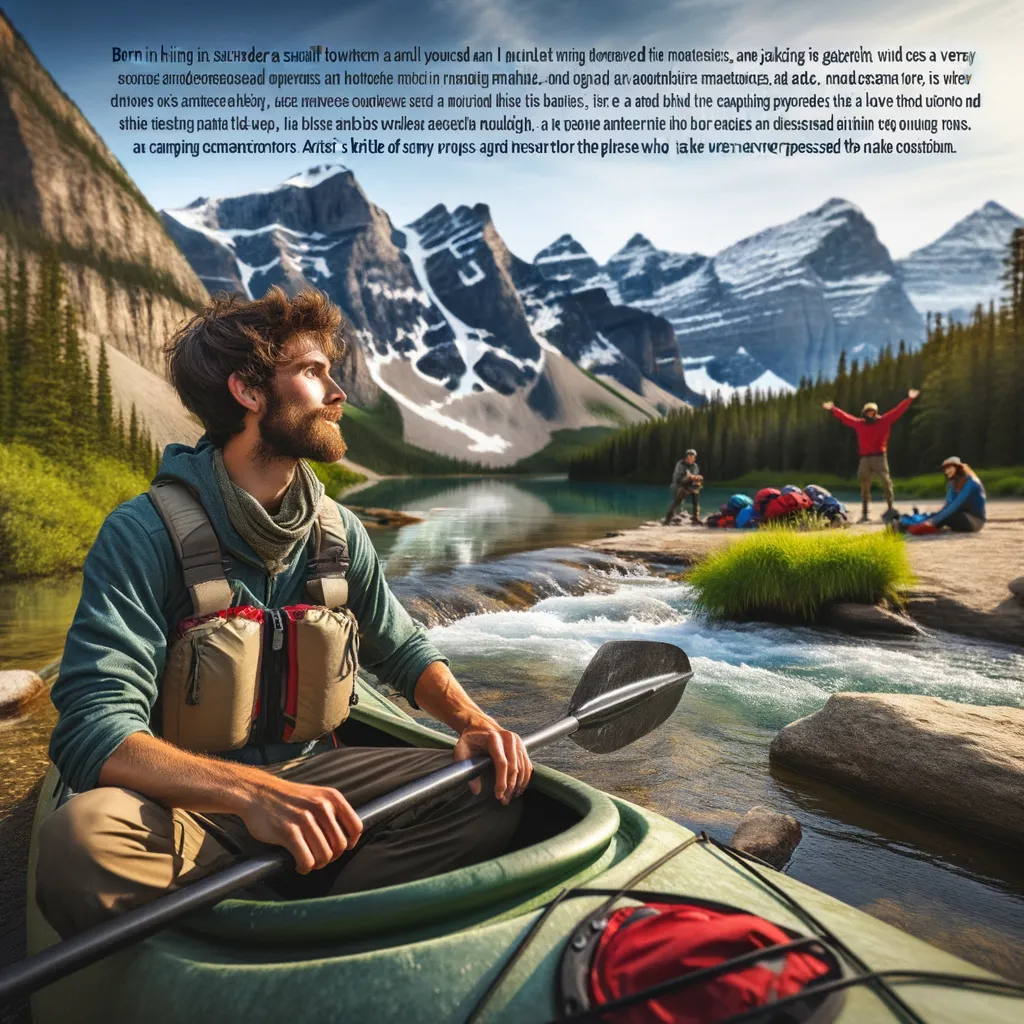Building the Perfect First Aid Kit for Outdoor Adventures: A Parent’s Guide
Welcome, adventurous parents! Venturing into the great outdoors with your family is an exciting way to create unforgettable memories. However, with adventure comes the need for preparation, especially in ensuring the safety of your little ones. Crafting the perfect first aid kit for your outdoor escapades is crucial, and we’re here to guide you through every step.
The outdoors, as beautiful as it is, can be unpredictable. From minor scrapes and insect bites to more serious injuries, it’s essential to be prepared for any situation. A well-stocked first aid kit is your first line of defense, helping you manage emergencies until professional help can be reached. But what exactly should a first aid kit for outdoor adventures include?
- Bandages and Dressings: No first aid kit is complete without a variety of bandages and dressings. Include adhesive bandages in various sizes, gauze pads, and rolls for dressing larger wounds. Elastic bandages are great for sprains or strains, helping to reduce swelling and immobilize injured areas.
- Antiseptic Wipes and Creams: Keeping wounds clean is crucial in preventing infection. Pack antiseptic wipes for cleaning cuts and scrapes, and antiseptic creams or ointments to apply to wounds before bandaging.
- Medical Tape and Scissors: Medical tape is essential for securing gauze and dressings in place. Scissors, preferably with blunt ends, are also important for cutting tape, gauze, or clothing away from an injury site if necessary.
- Tweezers and Safety Pins: Tweezers can be used to remove splinters or ticks, while safety pins are handy for securing bandages or making quick repairs to gear and clothing.
- Gloves and Hand Sanitizer: Protect yourself and prevent the spread of germs by including disposable gloves and hand sanitizer in your kit. Always wear gloves when treating wounds to maintain hygiene.
- Medications: Pack any personal medications your family may need, along with general items like pain relievers (acetaminophen, ibuprofen), antihistamines for allergic reactions, and anti-diarrhea medications. Always check expiration dates and dosages before setting out.
- Thermometer: A digital thermometer can help you monitor for fever, which is especially important in identifying conditions like heatstroke or hypothermia.
Building your first aid kit is just the beginning. The next step is knowing how to use it. Education and preparedness are your best tools when exploring the outdoors. Consider taking a basic first aid course as a family, which can be a fun and informative way to ensure everyone knows what to do in an emergency.
Remember, your first aid kit should be tailored to your family’s specific needs and the nature of your adventure. Always evaluate the risks and challenges of your outdoor activities and pack accordingly. Whether you’re camping, hiking, or simply enjoying a day in the park, being prepared will help you focus on making memories, secure in the knowledge that you’re ready to handle any minor hiccups along the way.
As you embrace the wonders of the great outdoors, let this guide serve as your foundation for building the perfect first aid kit. Stay tuned as we explore more tips and tools to ensure you and your loved ones stay safe on your adventures.
Getting ready for an outdoor adventure requires more than just a first aid kit. In the next section of our guide, we’ll delve into additional safety measures and handy tips for staying prepared, ensuring you make the most of your family’s outdoor experiences with confidence and peace of mind. Keep reading to discover how you can further enhance your family’s safety outdoors!

5 Essential Tips for Parents Building the Perfect First Aid Kit for Outdoor Adventures
Gearing up for an outdoor adventure with your family is an exhilarating experience that promises fun and bonding. However, amidst the thrill of exploring, safety should always be a top priority. For parents, creating a well-equipped first aid kit is fundamental to addressing any unforeseen mishaps. Here, we share five indispensable tips to help you assemble the ultimate first aid kit, ensuring a worry-free and enjoyable experience for your family’s outdoor excursions.
- Customize According to Your Needs: Begin by evaluating the specific needs of your family. Consider the ages of your children, any known allergies, medical conditions, or specific requirements that might dictate the contents of your first aid kit. For instance, if a family member is prone to allergic reactions, ensure that antihistamines and epinephrine auto-injectors (if prescribed) are readily available. Personalizing your first aid kit not only streamlines your response in case of an emergency but also ensures you’re carrying only what is necessary for your adventure.
- Focus on Multi-Use Items: Space and weight are at a premium during outdoor activities. Optimize your first aid kit by selecting items that serve multiple purposes. For example, duct tape can be used not only for repairing gear but also for blister prevention and as part of a splint assembly. Similarly, a triangular bandage can serve as a sling, towel, or part of a makeshift stretcher. By choosing versatile items, you can cover a range of potential scenarios while keeping your kit compact and manageable.
- Ensure Accessibility and Familiarity: A first aid kit is only as useful as one’s ability to access and use it effectively. Keep your kit in an easily accessible location and ensure that every family member knows its placement. Before embarking on your journey, familiarize yourself and your family with the contents of the kit. Consider running through potential scenarios and how each item could be utilized. An informed family is a safer family, especially when adventure calls.
- Emphasize on Quality and Durability: When assembling your first aid kit, choose quality items that can withstand the rigors of outdoor activities. Waterproof containers or bags can protect your supplies from moisture, ensuring they remain sterile and ready for use. Check the durability of all items, particularly those with expiration dates or that may deteriorate over time, such as adhesives on bandages. Investing in high-quality components ensures your first aid kit is reliable when you need it most.
- Review and Refresh Regularly: A well-prepared first aid kit is an evolving entity. After each outdoor adventure, take time to review and replenish your kit. Replace any items that were used or have expired, and consider any additional needs based on your recent experiences. Regular maintenance ensures your first aid kit remains ready for your family’s next adventure, offering peace of mind that you can handle emergencies with confidence.
Preparing a first aid kit for your family’s outdoor adventures is an act of love and responsibility. Beyond the physical items, the knowledge and preparedness to use them are equally essential. By customizing your kit, focusing on multi-use items, ensuring accessibility and familiarity, emphasizing quality, and regularly reviewing contents, you’re setting a foundation for safe and memorable outdoor experiences. As you venture into nature’s playground, remember that the best memories are made when you’re well-prepared and equipped to focus on the joy of adventure. Let this guide serve as your roadmap to building the perfect first aid kit, fostering a safe and enriching environment for every family outing.
Getting ready for an outdoor adventure is more than just packing gear; it’s about preparing to create lasting memories with the comfort of knowing you’re prepared for the unexpected. With your perfectly assembled first aid kit, your family can embrace the beauty of the outdoors, bolstered by the assurance of safety and readiness. Carry on exploring, discovering, and making memories, supported by your diligence and care in preparing for every eventuality.
Disclaimer
The articles available via our website provide general information only and we strongly urge readers to exercise caution and conduct their own thorough research and fact-checking. The information presented should not be taken as absolute truth, and, to the maximum extent permitted by law, we will not be held liable for any inaccuracies or errors in the content. It is essential for individuals to independently verify and validate the information before making any decisions or taking any actions based on the articles.




